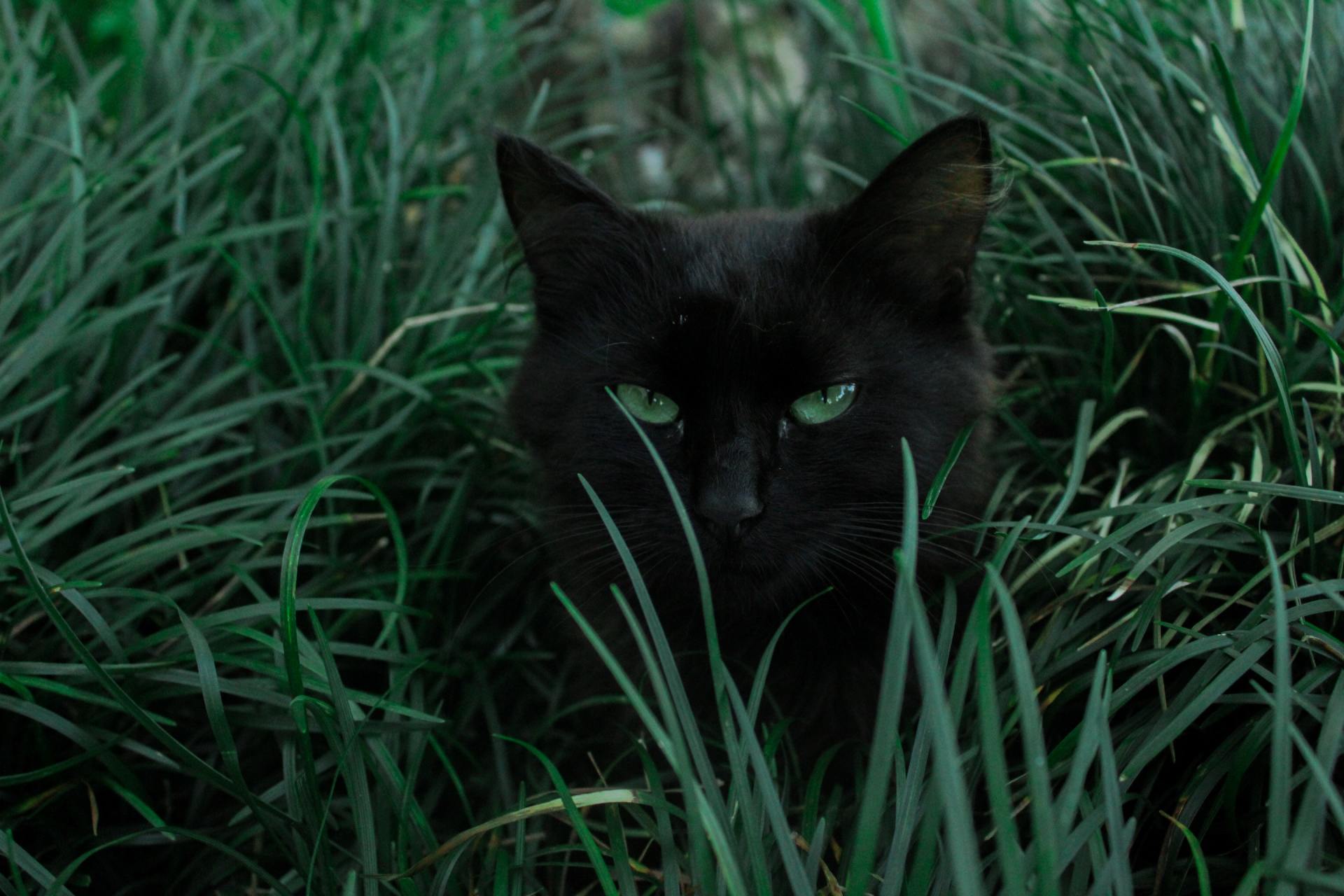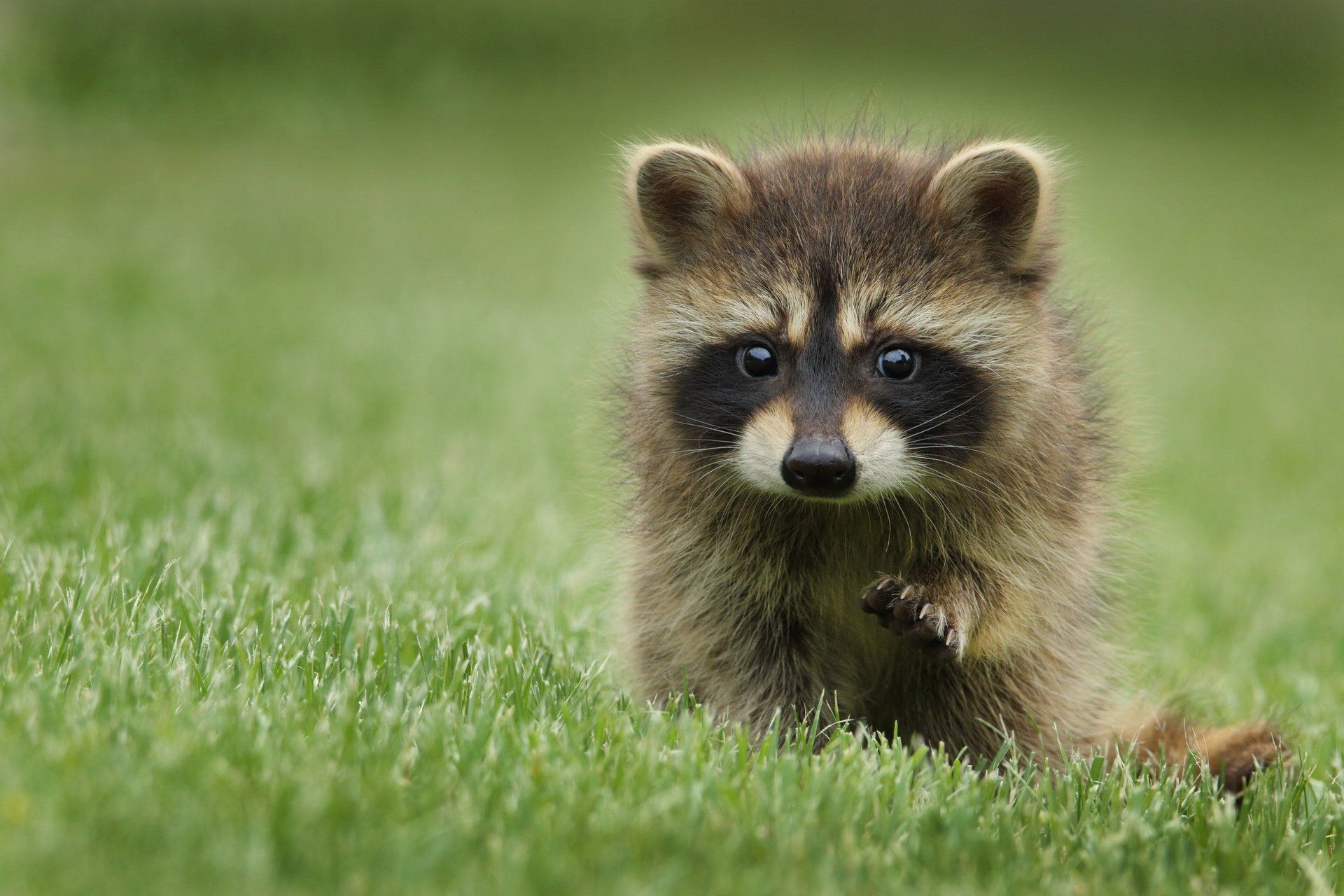Managing Wildlife Encounters in Mississippi
Keeping the Peace with Mississippi's Wildlife: Practical Management Tips
Imagine stepping onto your porch at dusk and hearing the eerie, echoing howl of a coyote pack nearby. Even a glimpse of a sleek feral cat slinking through your yard can be a startling reminder of Mississippi's wild side. These encounters highlight the incredible diversity of wildlife, from tiny mice to cunning predators. Sometimes, they end up a little too close to home for comfort – think raccoons raiding your garbage or squirrels setting up shop in your attic. Mississippi's rich biodiversity is a treasure, but when critters get into our homes, they can cause damage, spread disease, and just generally become a nuisance.
Canine, Feline, And Vulpine Invaders
The haunting howl of a coyote or the flash of a fox's eyes in the dark can be thrilling reminders of the wildness that persists even in our Mississippi suburbs and rural areas. However, these adaptable predators are drawn closer to our homes by the abundance of small prey like rabbits, rodents, and sometimes even unattended pets. Here's how to protect your animals and property.
Cats and small dogs are especially vulnerable, particularly at night. Keep them indoors after dusk and supervise them when outside. For larger dogs, secure fencing and walking them on a leash can greatly reduce risks. They can occasionally prey on chickens, goats, and other small livestock. Sturdy, well-maintained fencing, preferably with covered enclosures for nighttime, is essential.
Don't leave pet food outside, and secure garbage to prevent scavenging. Controlling rabbit and rodent populations on your property reduces the food sources that attract coyotes and foxes in the first place.
While bobcats are generally shy and avoid humans, they are skilled predators. Pets and small livestock like chickens can be at risk, especially in rural areas near their natural habitat. Be aware of their presence and take steps to protect vulnerable animals. Feral cats are a significant issue in Mississippi. They are drawn to bird feeders, where they prey on songbirds, and hunt small rodents and other wildlife. Additionally, they can carry diseases that can spread to pets and even humans. Consider ways to make your yard less attractive to birds and rodents (the feral cats' food source).
Squirrels: Adorable But Destructive
Those bushy tails and acrobatic leaps may be cute, but squirrels can wreak havoc when they decide your attic is the perfect new home. Attics offer warmth, shelter from predators, and a convenient supply of nesting materials (think insulation and chewed-up wires). Here's how to stop them from moving in.
Carefully inspect your roofline, soffits, vents, and areas where pipes or wires enter your home. Look for gaps, holes, or signs of chewing. Squirrels can squeeze through surprisingly small spaces. Make sure to use sturdy materials like steel mesh, caulk, or expanding foam to seal up openings you find. For larger holes, you might need more substantial repairs with wood or metal patches.
Opossums: Not Just Playing Dead
In their quest for a safe habitat, opossums often seek out secluded, dark spots around a home. Under decks, sheds, and even crawl spaces can become ideal hiding spots for them. These locations provide the shelter and quiet they need during the day, as opossums are largely nocturnal and inactive during daylight hours.
Deterring opossums involves a few strategic practices, primarily centered around limiting their access to food and shelter. Cleaning up fallen fruits or vegetables in your garden and maintaining a tidy yard without excessive brush or debris can also discourage opossums from settling in.
Additionally, blocking off potential entry points to spaces under decks, sheds, and crawlspaces can prevent opossums from using these areas as dens. Installing grates or fencing can be effective barriers. It's also beneficial to remove outdoor water sources such as leaky taps or pet water bowls, which might attract them further.
Snakes: One Of Nature's Hide-And-Seek Experts
The primary attraction for snakes in residential areas is the availability of food. Gardens and yards that have dense populations of rodents, frogs, and large insects can draw snakes looking for an easy meal. Compost piles, dense shrubbery, and untrimmed grasses provide ample hiding spots for these prey animals, inadvertently inviting snakes as well.
Shelter is another significant factor that can lead snakes to venture closer to human homes. Areas under decks, within cluttered sheds, piles of wood, and even rock gardens can offer snakes the secluded and cool environment they seek. Moreover, during extreme weather conditions—intense heat or cold—snakes may slither into garages or basements in search of more favorable temperatures.
To avoid unwanted confrontations with snakes, it's important to make your yard less inviting to them. This can be achieved by keeping the yard well-trimmed and clearing out debris or clutter that could serve as a hiding spot for snakes or their prey. Sealing gaps in the foundation, siding, or spaces around doors can prevent snakes from entering your home.
Remove potential food sources by controlling rodent populations and keeping compost bins securely covered. Using snake-proof fencing around the perimeter of your yard, particularly if you live in an area with a high snake population, can be an effective deterrent.
Armadillos: Unlikely Visitors
Like most, the primary reason armadillos are drawn to residential areas is their search for food. Their diet mainly consists of insects, grubs, and other small invertebrates found in the soil. Well-watered lawns, rich in organic matter, can be particularly attractive to armadillos because they are often teeming with potential food sources. Gardens with soft, easily diggable soil provide ideal conditions for armadillos to forage.
Armadillos are also attracted to spaces that offer shelter such as brush piles, dense shrubberies, and spaces under porches or decks. These areas provide the secluded environment armadillos seek for nesting and protection from predators. During the colder months, they may burrow closer to homes to take advantage of the residual warmth and protection from the elements.
Don't let wildlife issues disturb the peace of your home and garden. At Wildlife Resolutions, we specialize in humane and effective solutions to manage and resolve conflicts with wildlife, ensuring your environment is secure and comfortable. Whether it's armadillos, snakes, or other unwelcome guests, our expert team is here to help. Contact us today at Wildlife Resolutions to schedule a consultation.
All Rights Reserved Wildlife Resolutions


